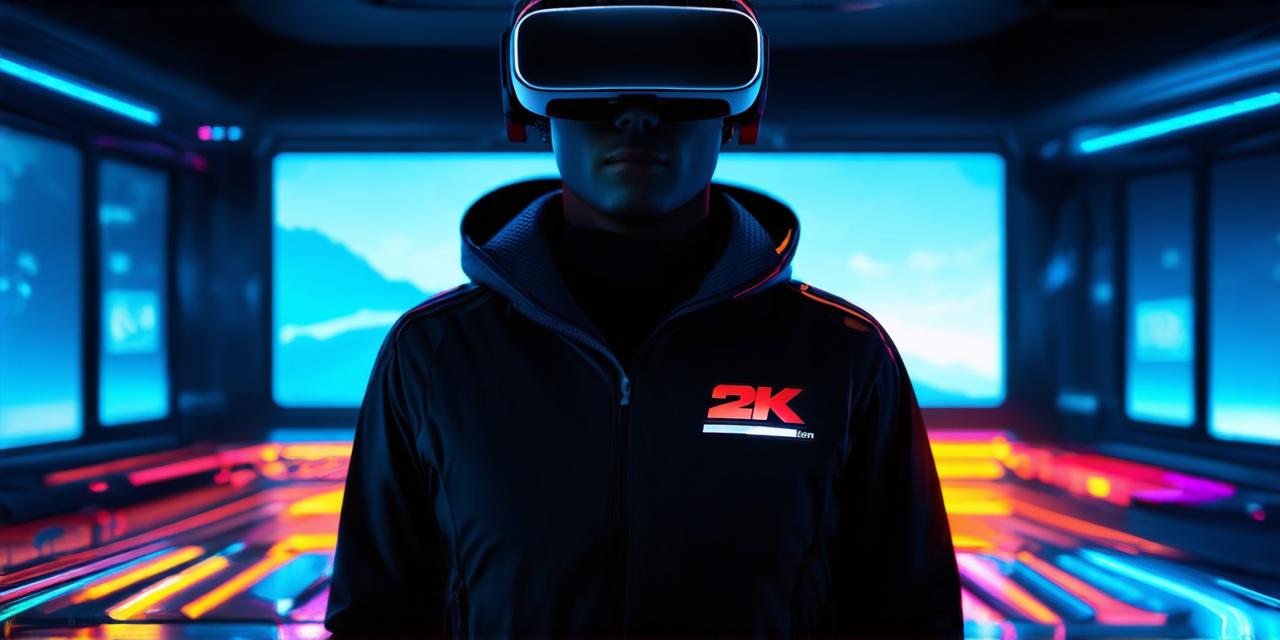Virtual reality (VR) is a rapidly growing technology that has many potential applications in fields such as gaming, education, healthcare, and entertainment.
What is Virtual Reality?
Virtual reality is a computer-generated simulation of a three-dimensional environment that can be interacted with using specialized devices such as headsets, gloves, and controllers. These devices track the user’s movements and translate them into actions within the virtual world. VR apps can range from simple games to complex simulations of real-world environments, such as training scenarios for pilots or doctors.
Requirements for Creating a VR App
To create a VR app, you will need:
- A computer with enough processing power and memory to run Unity or another game engine
- A graphics card that supports DirectX 10 or later
- A VR headset that is compatible with your computer
- A set of controllers or gloves for interacting with the virtual world
- Basic programming skills, preferably in C or JavaScript
- Familiarity with Unity or another game engine
Getting Started with Unity
Unity is a free and open-source game engine that supports VR development. To get started with Unity, follow these steps:
- Download and install the latest version of Unity from the official website (https://unity.com/download).
- Open Unity and create a new project by clicking on “File” > “New Project”.
- Choose a template for your VR app, such as “VR Template” or “3D Object”.
- Import any assets you want to include in your app, such as 3D models, textures, and sounds.
- Create scripts that will control the behavior of your app’s objects and interact with the user. Unity supports C and JavaScript scripting.
- Build your app for the VR headset you plan to use by selecting “Build” > “Build for Web” or “Build for Device”, depending on your target platform.
Designing Your VR App
When designing your VR app, keep in mind the following tips:
- Keep the user’s comfort in mind. VR can cause motion sickness and discomfort if not designed properly. Avoid rapid movements or sudden changes in direction.
- Use intuitive controls that are easy for the user to learn and understand.
- Make sure your app is optimized for performance. VR apps require a lot of processing power, so minimize the number of draw calls and avoid complex shaders.
- Test your app on a variety of devices and platforms to ensure compatibility and performance.
Summary
Creating a VR app can be a challenging but rewarding experience. With the right tools and skills, you can bring your ideas to life in a fully immersive virtual world. By following these steps and keeping the user’s comfort and enjoyment in mind, you can create a successful VR app that will captivate and engage your audience.
